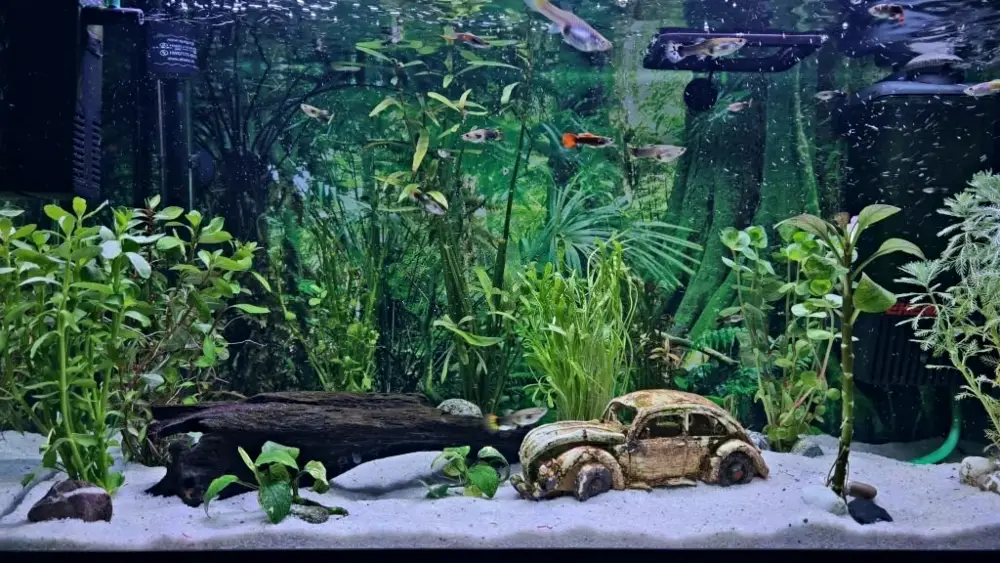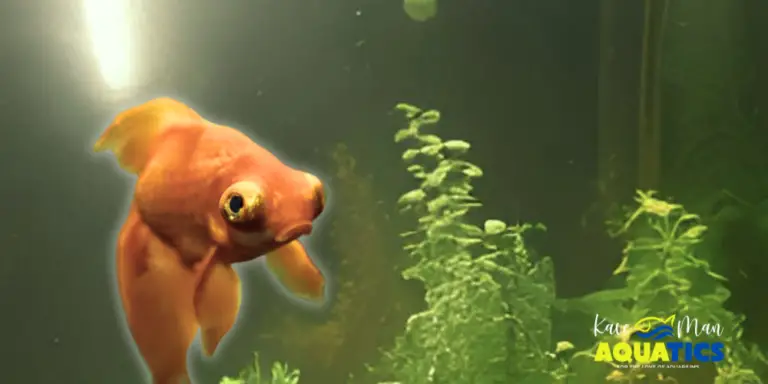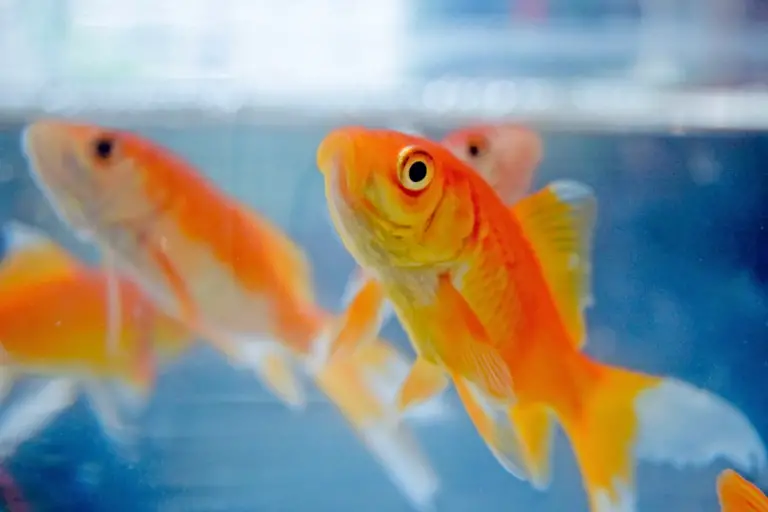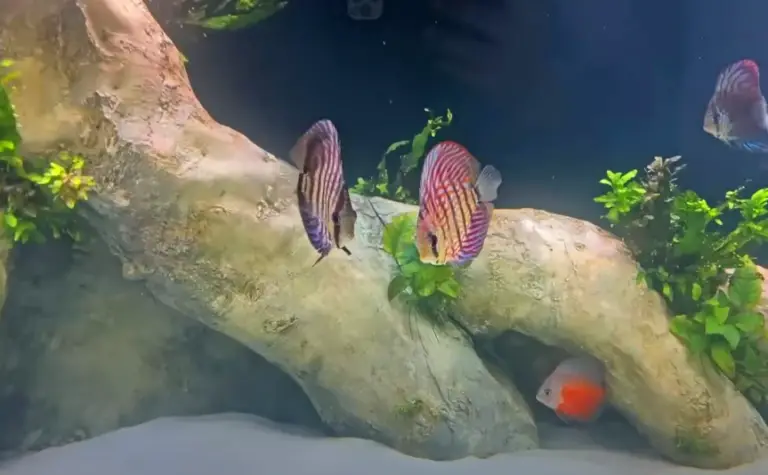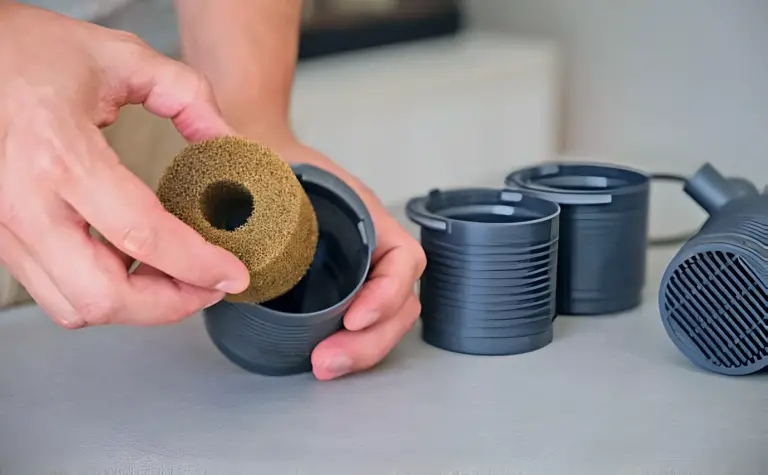Natural vs. Artificial Aquarium Decorations — The Pros and Cons
As you gaze into your aquarium, it’s not just a fish tank — it’s a canvas waiting to be adorned. The choice of aquarium decorations can transform your aquatic world into a mesmerizing masterpiece. But here’s the dilemma — should you go for the natural allure of driftwood and live plants, or opt for the durability and customization of artificial decor?
In this exploration of natural vs. artificial aquarium decorations, we’ll dive deep into the pros and cons of each option. Whether you’re a seasoned aquarist or just starting your underwater journey, making the right choice can make all the difference for your aquatic companions. Let’s navigate the depths and uncover the beauty within your tank.
Natural Aquarium Decorations

When it comes to enhancing the beauty and appeal of your aquarium, natural decorations offer a unique and captivating charm. Natural aquarium decorations, as the name suggests, are elements that originate from the natural world, such as driftwood, rocks, live plants, and sand. These elements can create a more authentic underwater environment for your aquatic pets.
Pros of Natural Aquarium Decorations
For fish-keeping enthusiasts, creating a thriving underwater world is both an art and a science. One of the key decisions you’ll make is whether to use natural or artificial aquarium decorations. In this section, we’ll delve into the advantages of choosing natural decorations, which can elevate your aquatic haven to a whole new level.
1. Aesthetic Appeal
Imagine your aquarium as a living masterpiece, and natural decorations are your artistic tools. Driftwood, rocks, live plants, and sand can transform your tank into a visually stunning display. Driftwood adds a touch of elegance, rocks create intriguing landscapes, and live plants introduce vibrant colors. The result is a captivating aquatic scenery that not only pleases your eyes but also mimics the beauty of underwater ecosystems.
2. Environmental Benefits
Beyond aesthetics, natural decorations offer tangible benefits for your aquarium’s environment. Live plants play a crucial role in maintaining water quality by absorbing excess nutrients and releasing oxygen. This natural filtration helps create a healthier, more balanced ecosystem for your fish. It’s like having your very own team of underwater gardeners.
3. Fish Health and Behavior
Happy fish are healthy fish, and natural decorations can contribute to their well-being. The presence of hiding spots, shelters, and intricate landscapes created by natural elements can reduce stress in your fish. This, in turn, decreases fish stress and encourages natural behaviors, such as exploring their environment, seeking refuge, and even breeding.
Cons of Natural Aquarium Decorations
While natural aquarium decorations offer numerous benefits, they also come with some potential drawbacks that every fish-keeping enthusiast should consider. Let’s explore these challenges and discover tips for overcoming them.
1. Decomposition and Maintenance
One significant drawback of natural decorations is their tendency to decompose over time. Driftwood, for example, can break down and release tannins into the water, leading to a gradual color change in your aquarium. Live plants may require regular pruning and maintenance to prevent overgrowth and decay. Additionally, rocks can develop algae or accumulate detritus, affecting the overall aesthetics.
Tips for Overcoming: To address decomposition and maintenance issues, perform regular checks and maintenance routines. Remove any decaying plant matter promptly, trim overgrown plants, and clean rocks to prevent algae buildup. You can also use water conditioners or additives to manage tannin levels and maintain water clarity.
2. Limited Variety
Another potential limitation is the relatively limited variety of natural decorations available compared to artificial alternatives. Natural elements are subject to geographic and seasonal availability, which can make it challenging to find specific pieces that match your desired aesthetic or biotope.
Tips for Overcoming: To overcome this limitation, plan your aquarium’s theme and layout in advance. Research and source your natural decorations from reputable suppliers who offer a variety of options. Be flexible with your design, and consider combining different natural elements to create a unique and captivating aquatic environment.
3. Impact on Water Quality
Natural decorations, especially live plants, can impact water quality in various ways. Some plants may shed leaves or die back, contributing to organic waste buildup. Additionally, certain types of substrates, like sand, can trap debris and affect water clarity.
Tips for Overcoming: To maintain optimal water quality, conduct regular water testing and monitor parameters such as ammonia, nitrite, and nitrate levels — a.k.a. the nitrogen cycle. Vacuum the substrate as needed to remove debris, and perform water changes to reduce nutrient accumulation. Choose appropriate substrate types and plant species that align with your maintenance capabilities and water quality goals.
Artificial Aquarium Decorations

Artificial aquarium decorations are synthetic elements designed to mimic the appearance of natural underwater features. These decorations are typically made from materials like plastic, resin, or ceramic. They offer a wide range of shapes, sizes, and designs, allowing fish-keeping enthusiasts to create various aquatic themes without the constraints of natural elements.
Artificial decorations can replicate everything from ancient ruins and treasure chests to whimsical castles and colorful coral reefs. They provide an easy and customizable way to enhance the aesthetics of your aquarium while requiring minimal maintenance.
Pros of Artificial Aquarium Decorations
Artificial aquarium decorations offer a set of advantages that can make them an appealing choice for fish-keeping enthusiasts. Let’s dive into the pros of using these synthetic elements to enhance your aquatic environment.
1. Durability and Longevity
One standout feature of artificial decorations is their durability. Made from materials like plastic, resin, or ceramic, they are designed to withstand the test of time. Unlike natural decorations that can decompose or wear down over the years, artificial options remain in pristine condition for an extended period. This means you won’t have to worry about frequent replacements, saving both time and money in the long run.
2. Variety and Customization
Artificial decorations offer an incredible variety of shapes, sizes, and designs. Whether you’re aiming for a whimsical underwater castle or a futuristic space-themed aquarium, you can find artificial decorations to match your vision. The customization options are nearly limitless, allowing you to create a unique and captivating aquatic landscape that reflects your personal style and preferences.
3. Low Maintenance
One of the biggest perks of artificial decorations is their low maintenance requirements. Unlike live plants that need pruning and care, artificial elements don’t grow or change. They won’t affect water quality, making it easier to maintain a stable aquatic environment. Cleaning artificial decorations is also straightforward — a gentle scrub with an aquarium brush or rinse under tap water is usually all that’s needed to keep them looking pristine.
Cons of Artificial Aquarium Decorations
While artificial aquarium decorations have their advantages, it’s essential to be aware of the potential challenges that come with them. In this section, we’ll explore the cons of using synthetic elements to decorate your aquatic environment and provide tips on how to address these drawbacks.
1. Lack of Natural Aesthetic
One of the main drawbacks of artificial decorations is their inability to replicate the beauty and authenticity of natural elements. Artificial plants, for example, may not sway gently in the water currents like real aquatic flora, and plastic coral reefs lack the intricate textures of genuine coral formations. This can result in a less immersive and visually appealing aquarium, which may not fully satisfy your desire for a naturalistic aquatic experience.
Tips for Overcoming: To mitigate this issue, consider combining artificial decorations with a few carefully chosen natural elements. Integrating live plants or small pieces of driftwood can provide a touch of realism and balance the aesthetic appeal.
2. Limited Biological Functionality
Unlike natural decorations, artificial elements don’t contribute to the biological processes in your aquarium. They don’t absorb excess nutrients, produce oxygen, or provide hiding spots for beneficial bacteria. This can impact the overall ecosystem and water quality, potentially leading to the accumulation of toxins or algae growth.
Tips for Overcoming: To maintain water quality in an aquarium with artificial decorations, you’ll need to be vigilant with filtration and water changes. Invest in a reliable filtration system and adhere to a regular maintenance schedule to ensure a healthy environment for your fish.
3. Potential Harm to Fish
Some artificial decorations may have sharp edges or rough surfaces that can harm fish, particularly those with delicate fins or scales. Additionally, some materials used in artificial decorations may leach chemicals into the water over time, affecting fish health.
Tips for Overcoming: Carefully inspect any artificial decorations before adding them to your aquarium. Sand down any sharp edges and ensure that the materials used are fish-safe. Monitor your fish for signs of stress or injury and remove or modify decorations as needed.
Making the Right Choice

Choosing between natural and artificial aquarium decorations ultimately comes down to your specific preferences and the needs of your aquatic companions. Let’s explore the factors you should consider when making this important decision and how to create a harmonious aquarium environment that suits both you and your fish:
- Type of fish: Different fish species have varying preferences for their habitat. Some thrive in densely planted tanks with natural decorations, while others prefer open spaces with artificial elements. Research the specific needs and behaviors of your fish to determine which type of decorations will best suit their well-being.
- Aquarium size and setup: The size and layout of your aquarium play a crucial role in decoration choice. Larger tanks may accommodate a mix of both natural and artificial elements, while smaller tanks may benefit from space-saving artificial decorations.
- Personal preferences: Your own aesthetic preferences matter too. Do you prefer the serene beauty of a natural aquascape, or do you lean towards a more stylized and customizable look offered by artificial decorations? Your satisfaction with your aquarium is essential for your enjoyment of the hobby.
Don’t feel limited to choosing exclusively between natural or artificial decorations. Many successful aquariums strike a balance between the two. For instance, you can incorporate live plants alongside artificial structures to create an appealing and functional environment. Balancing these elements allows you to enjoy the best of both worlds.
Here are some tips for creating a harmonious aquarium:
- Plan your layout: Before adding decorations, plan the layout of your aquarium. Consider the placement of rocks, driftwood, plants, or artificial ornaments to create a visually appealing and functional design.
- Maintain a healthy ecosystem: Regardless of your decoration choice, prioritize water quality and fish health. Regular water testing, filtration, and maintenance routines are crucial for a thriving aquarium.
- Experiment and adapt: Don’t be afraid to experiment with different decorations over time. As your fish grow and your preferences evolve, you can modify your aquarium to suit changing needs.
Remember, there’s no one-size-fits-all answer to the natural vs. artificial debate. Your aquarium should reflect your unique style and provide a comfortable and stimulating environment for your fish. By considering these factors and finding the right balance, you can create a harmonious aquarium that brings joy to both you and your aquatic companions.
Dive into Informed Aquarium Decoration Choices
In the world of aquarium decorations, the choice between natural and artificial elements is a decision that holds both promise and consideration. We’ve explored the pros and cons of each option, giving you a comprehensive view of the possibilities.
Natural decorations offer aesthetics inspired by the beauty of the natural world, contribute to a healthier aquatic environment, and support your fish’s well-being through authentic habitats. However, they may require more maintenance.
On the other hand, artificial decorations provide durability, customization, and low maintenance but may lack the genuine appeal and biological functionality of natural elements.
As you embark on your aquarium decoration — or aquascaping — journey, remember that there’s no right or wrong choice. Consider factors like your fish species, tank size, and personal preferences. Striking a balance between the two can yield a harmonious and captivating underwater world.
For personalized guidance and expert insights into creating your dream aquarium, explore KaveMan Aquatics’ 1-on-1 coaching to help you make the best choices for your unique aquatic haven.
-
Natural vs. Artificial Aquarium Decorations — The Pros and Cons
Explore the world of aquarium decorations — natural vs. artificial. Learn the pros and cons to make informed choices.

